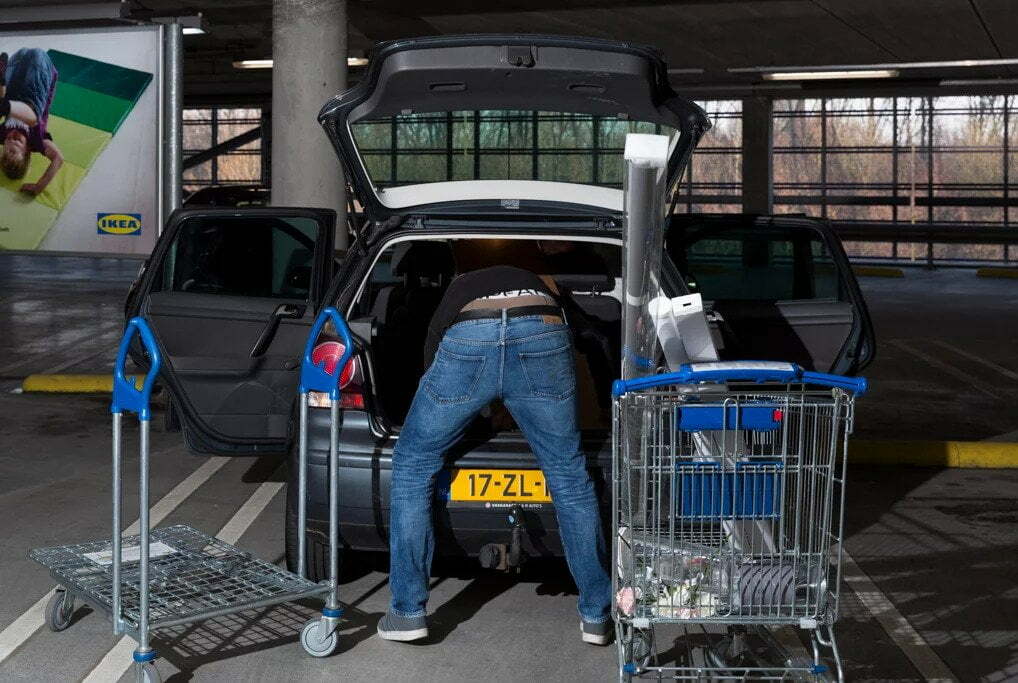INTERVIEW
Documenting The Ordinary
WITH ROSALIE VAN DER DOES
Rosalie van der Does on documenting the ordinary
Rosalie van der Does is a Dutch photographer with a diploma in both Applied Photography and Visual Communication. While she often works on assignment, her personal projects have much to do with documenting patterns of human behavior that one can find in everyday environments. For example, her series “Picking and Packing” (Shoppen En Proppen) documents how different people load their purchases at IKEA into their cars. “Saved Love” (Opslag Verliefd) looks at the myriad of ways Dutch citizens have put their tiny, yet ubiquitous “garage boxes.”
Both of these projects document slices of everyday life, and the fact that the projects are done as a series allows us to see both the similarities and differences in how we as a human species organize little bits of our daily lives. While you document the ordinary, there are many authentic human experiences to choose from.
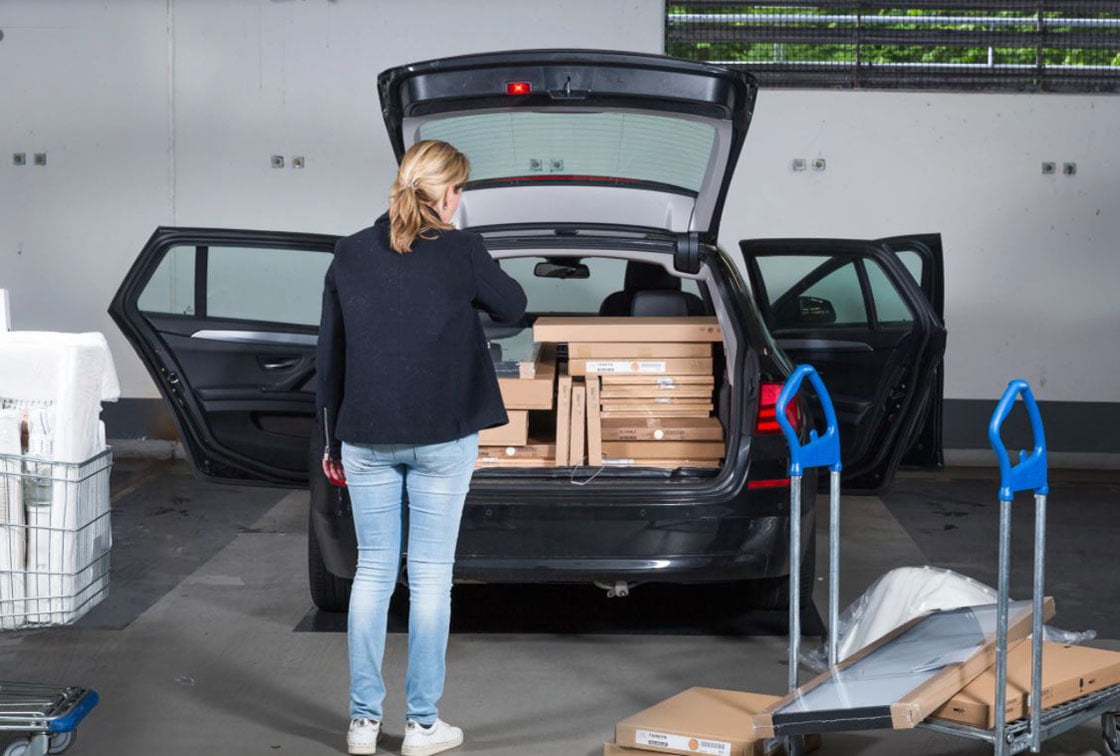
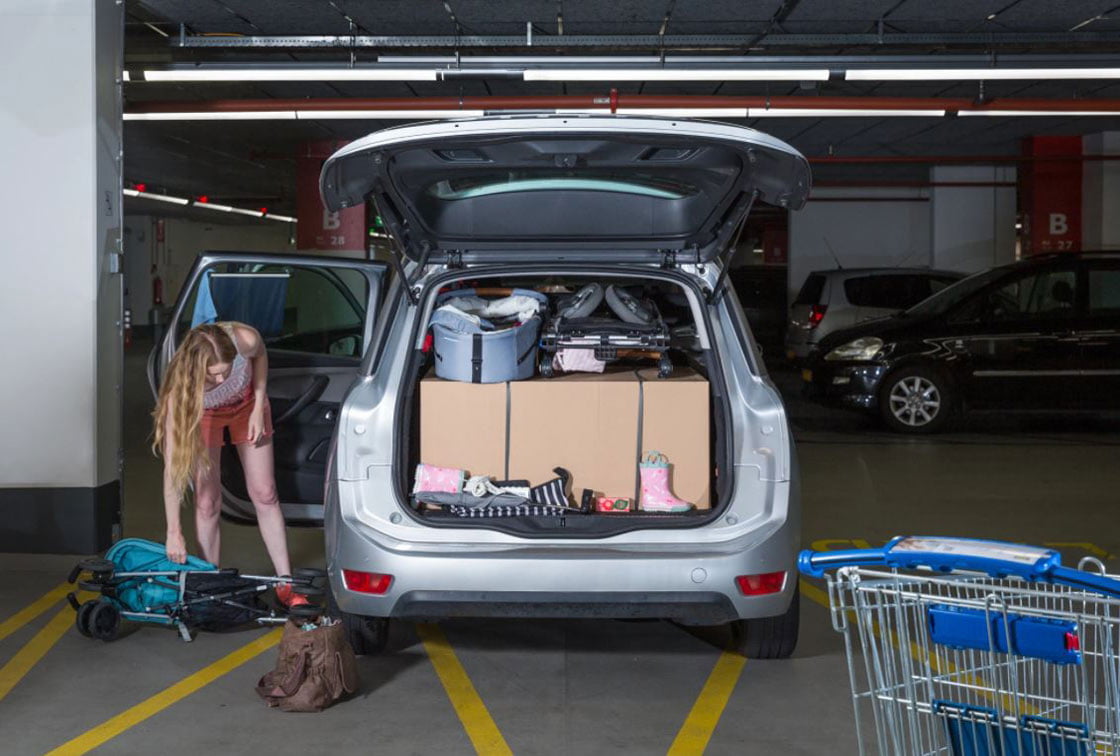
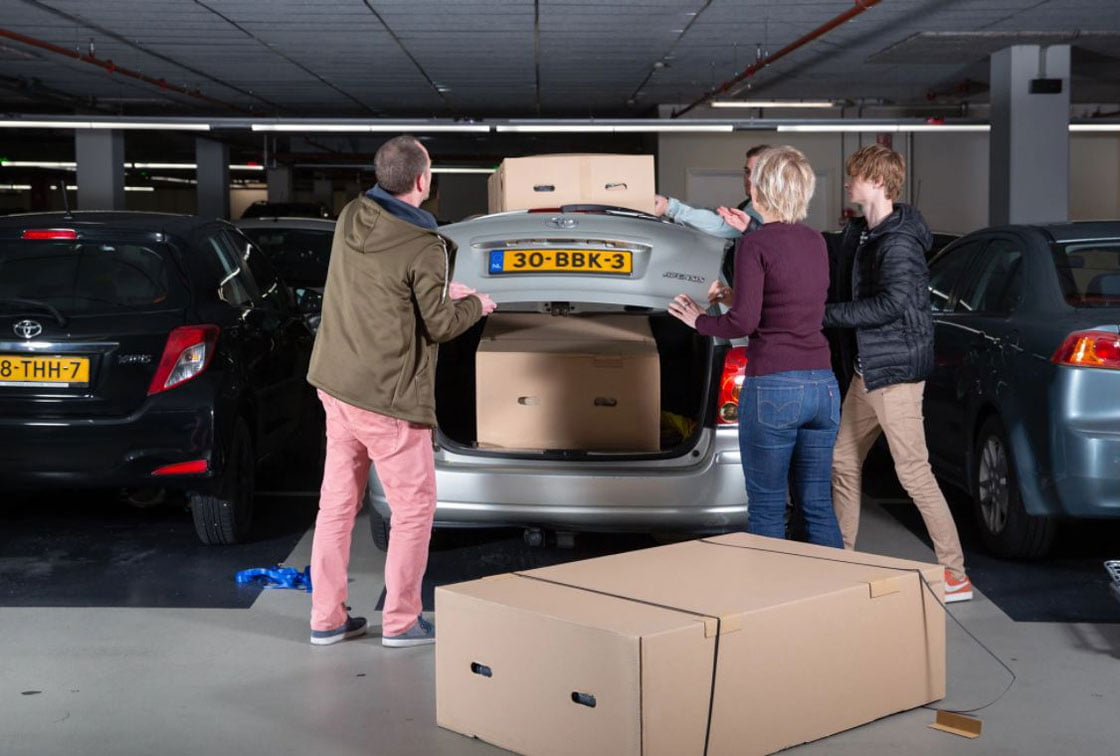
“PICKING AND PACKING” (SHOPPEN EN PROPPEN)

What inspired you to choose how people load their cars at IKEA and how people utilize their garage boxes? How did you choose your subject matter?
Daily life is my source of inspiration. When I’m somewhere and have to wait or have time to spare, I take that opportunity to observe everything around me and get inspired to new ideas. That is how all my work has started up to now. I think in photo series. When I see a fascinating subject, I think: what will it be like if I make a series of it? When it think gets more interesting in a series, I start it. I like to use topics that already contain some sort of framework, like the car a IKEA and the garage-door. Within the framework, something different always happens.
Interesting behaviors will then automatically emerge in the series. So I choose a subject that has different outcomes per ‘’person/case’’, that is the power of the subject and the power of the photographic typology.
Everything in a shopping day at IKEA is recognizable. Like the tired faces at the end of the checkout, the hot dogs…. But the packing-up-moment I love the most. The garages inspired me because of the curiosity that everyone has when people walk past them in the evening. The light then shines out and your eyes are drawn in because you wonder what’s going on in there. The subjects I photograph are specific moments that you would never really want to capture or remember yourself. They aren’t ‘’instagrammable’’.
Where there garages or people packing their cars that you chose not to photograph? What was your creative process while onsite?
At IKEA I mainly chose the people who had a lot of things with them. It seemed that that was going to be the most interesting moments. But in the series you see that it is also very much about postures and not necessarily about the amount of stuff. You see that you can also tell a story very well without seeing facial expressions or personalities. My work is mostly not about specific people, it is more about humanity behaviour.
In the garage series I paid attention to different ways of using a space. I want to show the versatility of the same space. The garages are built to use the car, but that is not done much anymore. So my question was: how do people use this place? I had people send a photo of their garage and then i decided to may drop or not drop by based on those photos. I clearly stated in advance that tidying up wasn’t allowed, because I am a documentary photographer, I only photograph real things. It would ruin the series if it is touched/changed. At one point I had had the typical “shed” and skipped anyone who came back with a typical shed with bikes and stuff. I still don’t know when to stop photographing, because special things always pop up. (and while I know it’s happening, I haven’t been able to find a cannabis plantation garage yet, haha). But I’m going to make a book out of the garage series, so I have to stop real soon.
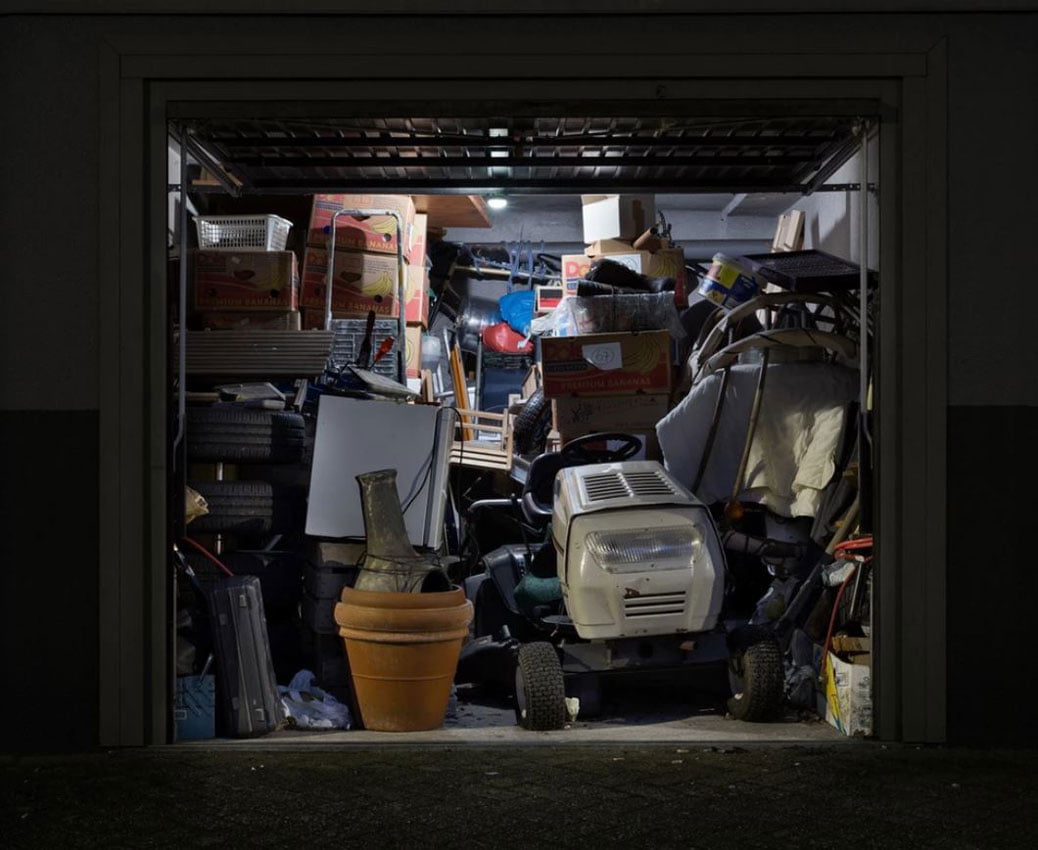
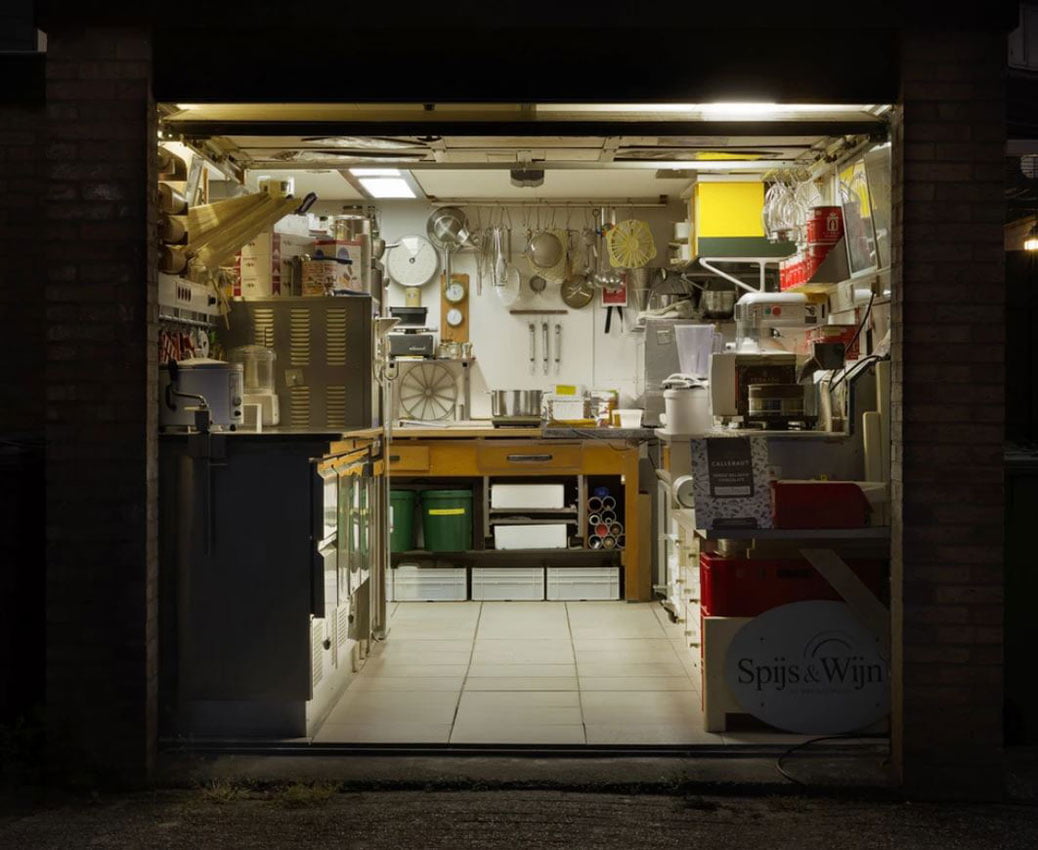
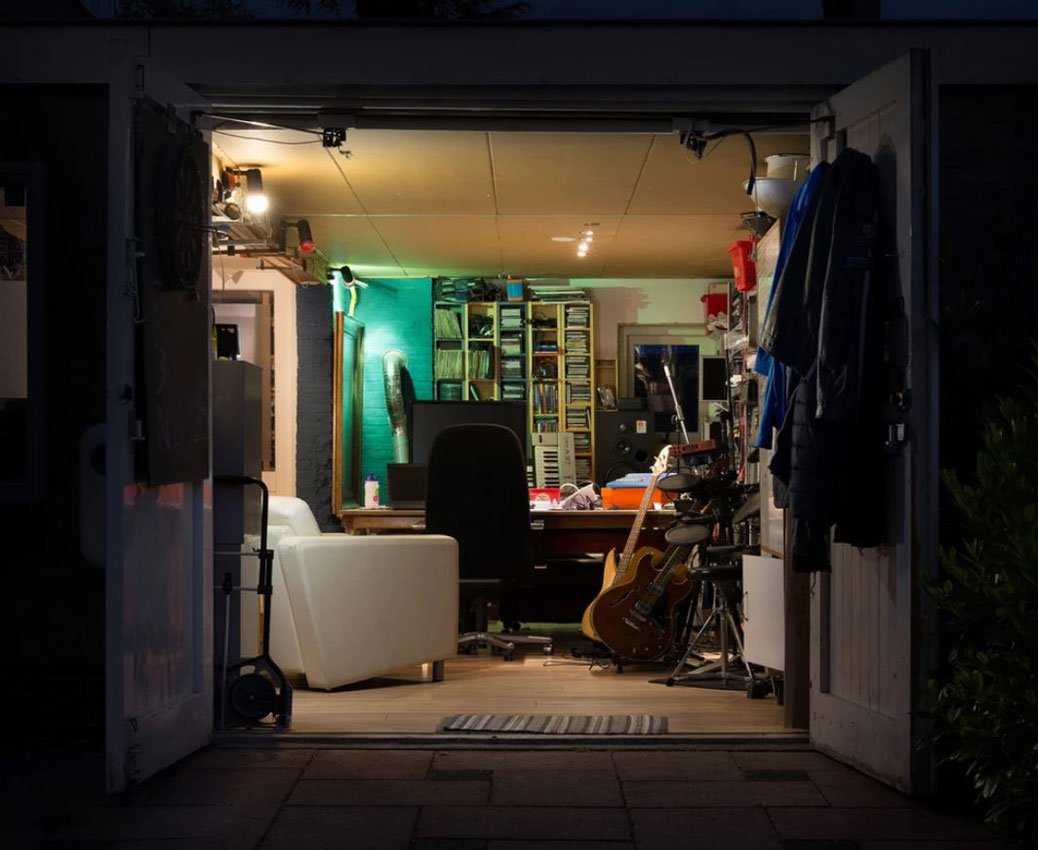
“SAVED LOVE” (OPSLAG VERLIEFD)
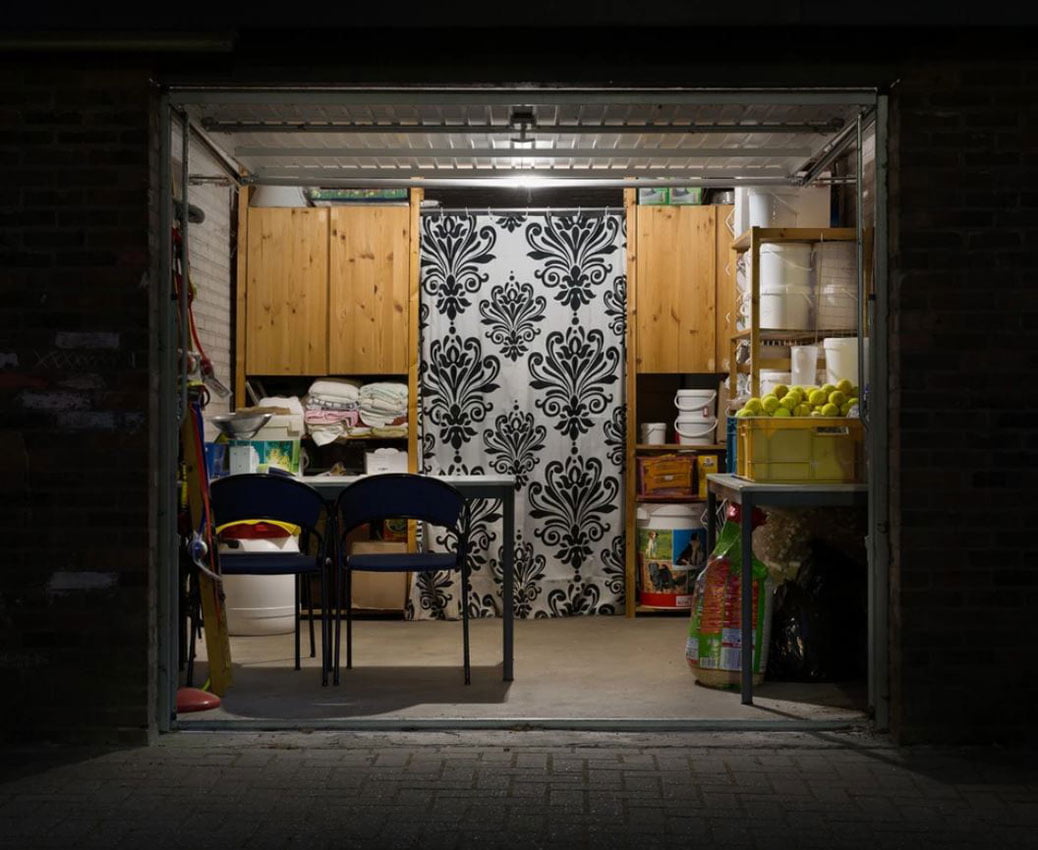
What experience would you like your viewers to come away with after viewing your projects? Is there a particular effect you’re looking for?
I like to make people aware of their behavior and their daily activities. I think I want to get them out of a rut, to make them realize that everyday things are beautiful. I want people to get more appreciation for that. I’m not the nature- and wildlife photographer who wants to travel the whole world to make beautiful photographs in all different country’s. I just want to make people aware of their authentic own world, in which they are purely themselves.
The series are observational, documentary and with a wink. Sometimes critical, and often recognizable. And of course people are allowed to laugh a little bit too.
You mention that a story is only told through a series of photos. Can you say more about that?
As a child I loved to collect, I had different collections and I liked to sort things by color. During my photographic education I discovered that you can also do this within photography. That’s called a photographic typology. It means that you put subjects of the same type together so that you can discover similarities and differences. When the photos within a series are photographed in exactly the same way, the effect is greatest./makes the most impact.
The strength of my work is in repetition. One photo of a garage or family at IKEA doesn’t tell a story, only when you put several next to each other does it take on meaning. The viewer gets more attention for the small details hidden in the photos. This way of working has a scientific background. Imagine what you can tell with 10 different insides of refrigerators or a series of school photos from the past. Or the water towers of the photographers Bernd and Hilla Becher, which have now disappeared.
Do you think that documentary photography of this sort can add to our understanding of human nature and the human condition? If so, how?
Typologies were created to categorize objects even before photography existed. By using a typology we are able to understand topics/things. Depending on the subject, you can therefore use a typology to provide insight into certain patterns. I would find that very interesting to do, also for commissioned work.
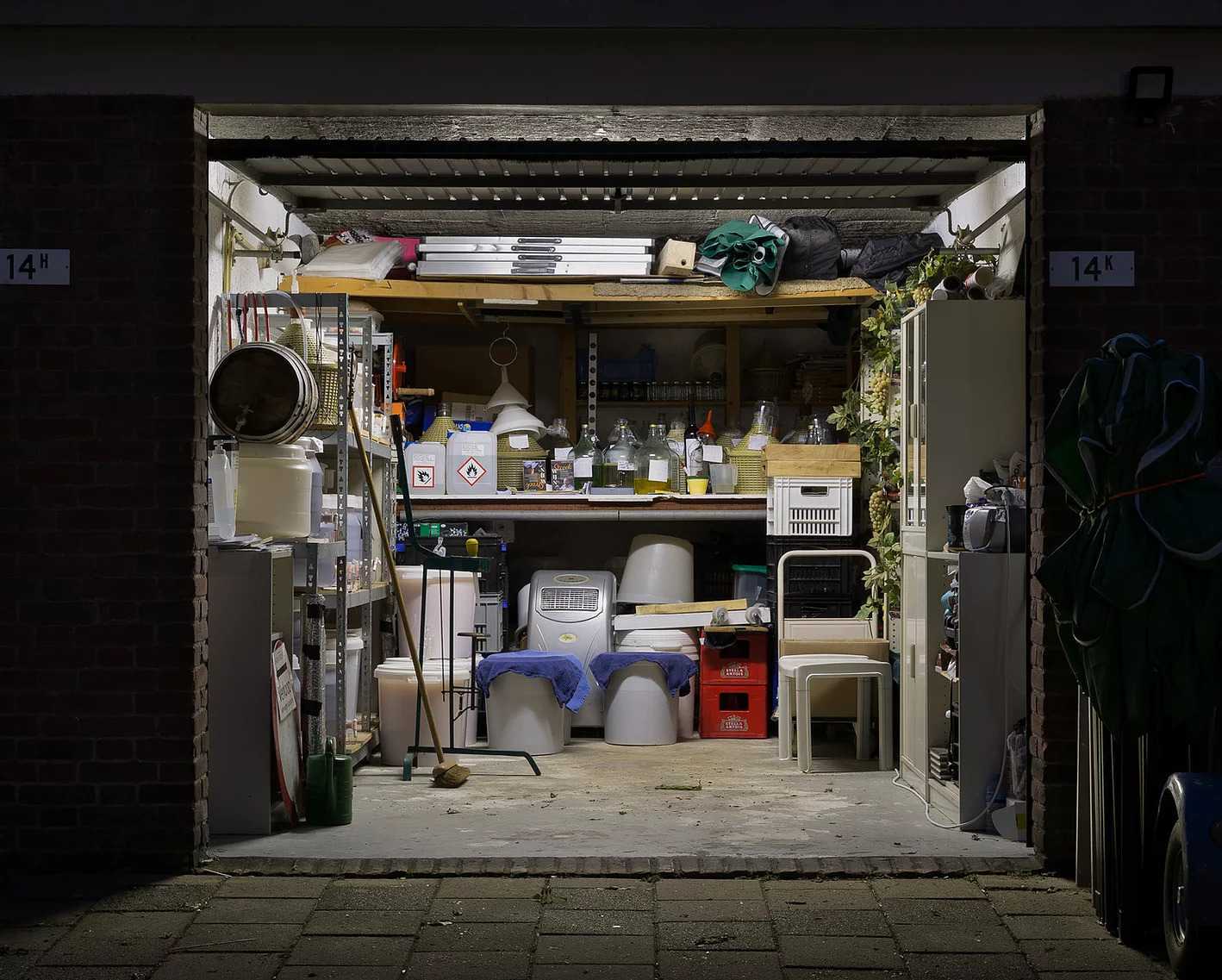
All images © Rosalie van der Does. Follow her on Instagram @rosalievanderdoes and see more at www.rosalievanderdoes.nl.
